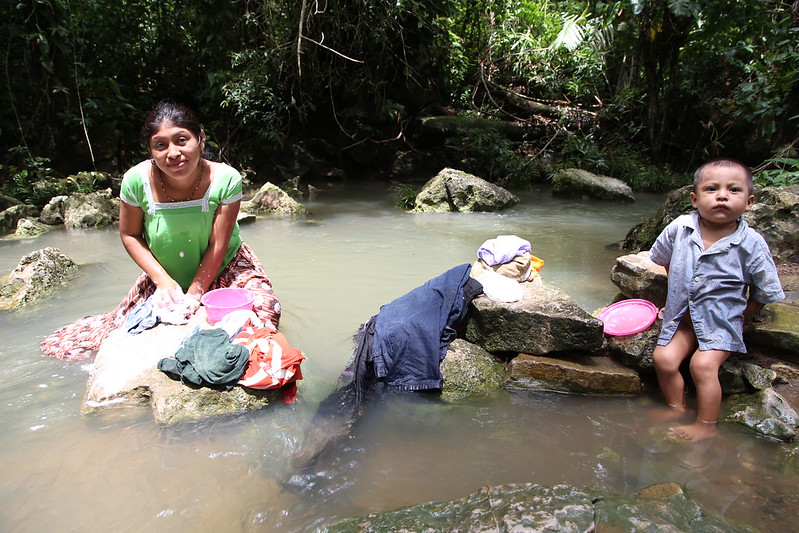
Access to clean water, health and nutrition issues, quality of education, access to bathrooms, child abuse, trained midwifes, electricity, fears, dreams and wishes.. How do you find out how people in remote communities feel about their situation and what their daily challenges are? You go there, and you ask.
Toledo district in the southernmost part of Belize is one of UNICEF Belize’s target areas and where you find some of the poorest and most remote villages in the country. These are places where one needs to drive for hours through dirt roads and jungles, cross bridges that often are flooded or broken, and climb muddy hills and lush mountains by the border with Guatemala in order to reach the people who live there. Unlike us, the people who live in these communities don’t have access to a 4×4 jeep and are often forced to tackle the same road by foot, for many hours, in order to reach the nearest village where they can at least find a bus to take them to a town to buy necessities, go to school, find a doctor, or give birth and register their newborn baby.
From what we learned when visiting the communities, one of the biggest challenges is the access to clean water, many of the villages have water pumps but during the dry season they dry out, and during the rainy season they get clogged with mud. Another general challenge is mobility, and the fact that the roads are so bad that buses often won’t go all the way to the village. Most villages have a local health post, but a medical doctor only comes to visit once a month or with even less frequency, so the communities have elected a local health worker who can take care of simple things such as administrating headache pills and giving basic care for cuts and bruises. In case of anything more serious people need to do the walk or pay a two month’s worth (or more for some people) of salary for a car to take them. Some villages have schools, and other don’t – imagine the child having to leave at 4am every morning to go to school, when it is still dark, try to focus in the classroom the entire day while maybe not even eating anything, and then only come back home by 9pm, have dinner and then having to do homework for the next day. I’m really overwhelmed by the willpower of some of these children to learn – it’s certainly not an easy task.
I took the opportunity to ask about corporal punishment and violence against children, as it’s what I’m working on at the moment with the Communication for Development strategy. I spoke to parents, health workers and teachers, and I understood much more than I could grasp before. There is no doubt that corporal punishment is culturally and socially accepted here – but there is also a great oppenness to learning about alternative parenting techniques. In other words, the doors are not closed. We just need to be very careful with how we move forward and especially with how we use the word violence – violence equals guns, blood and death here in Belize and we obviously want to target issues beyond that.
Belize being a “high middle income country” is a challenge in itself. The population is very small and so is the country, but the disparities are still huge, something that isn’t necessarily reflected in the general status of the country. We have of 49.3% of children living under the poverty line here, that is almost every second child! Take all that, and spread a couple of hurricanes and floods on top of it. Belize is indeed a very vulnerable country. Still, as often misunderstood by many both locally and in the international community, the role of UNICEF isn’t to build schools and give children food on a day to day basis – especially not in countries that supposedly can afford to do so themselves. Our responsibility is to work together with the government to ensure that children’s rights are being considered and in focus on the agenda at all times. We target those who are vulnerable and try to find out what their difficulties are, and then we push for improving their situation.
On this trip, we visited both Mayan and Garifuna villages, and as usual, I learnt many things – much more than I can learn here in the city by talking to professionals and representatives. Going to the field is always a very enriching experience, and every single time I have went I feel like I get a crash course in the actual situation of the place, far beyond numbers, statistics and situation analysis reports.
I know it sounds cheesy, but you really need to get out of the office and meet people to understand.
There are of course stories to be told for each of these photos. I’ll share when I can.
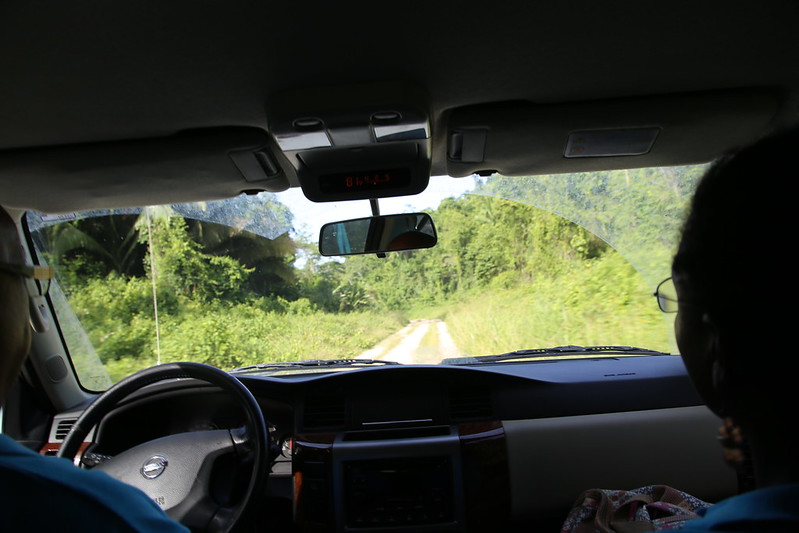
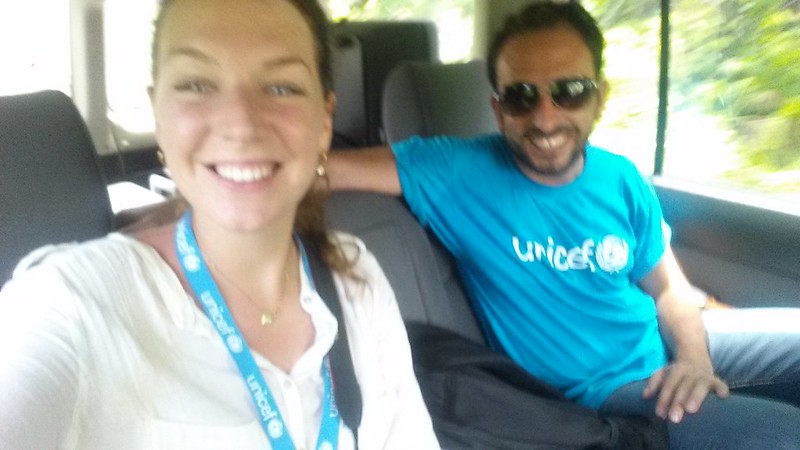
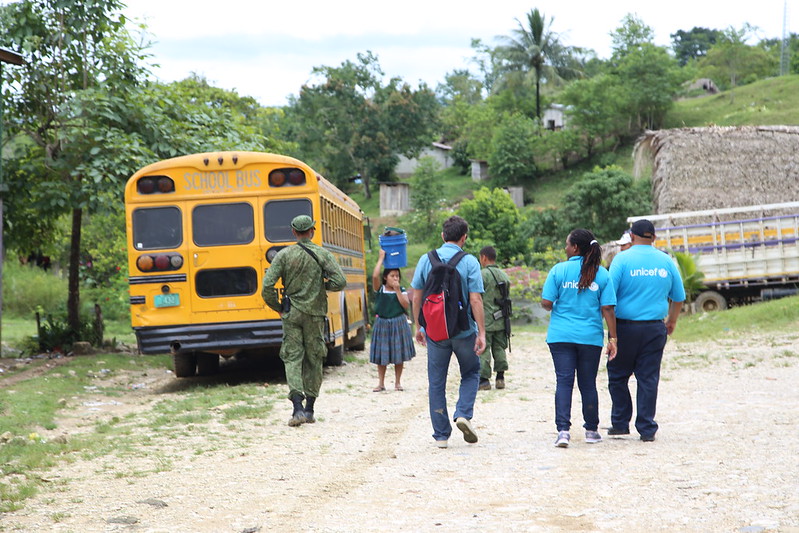
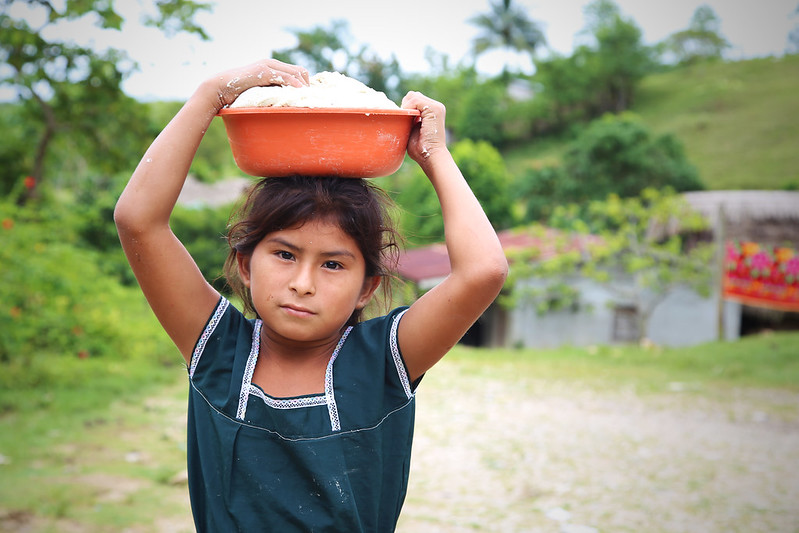
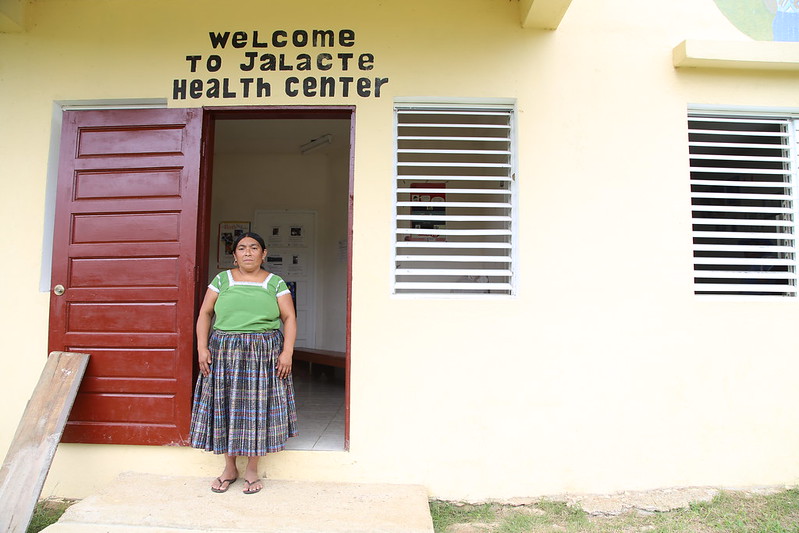
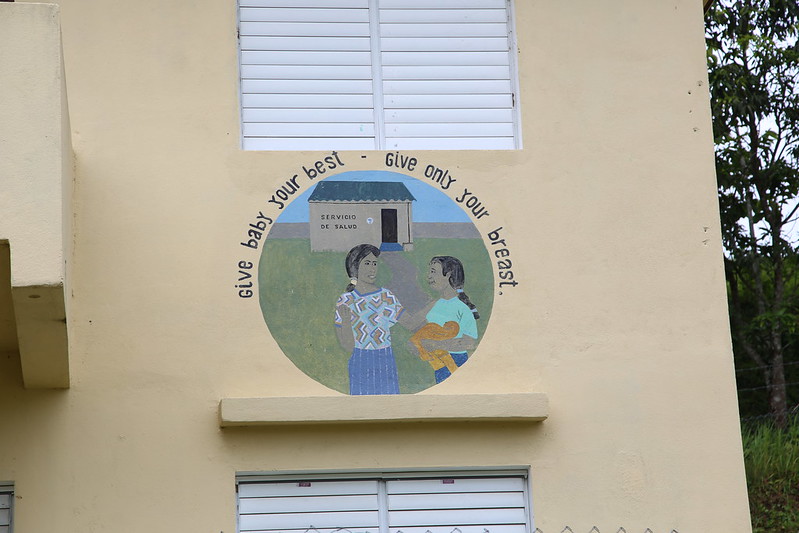
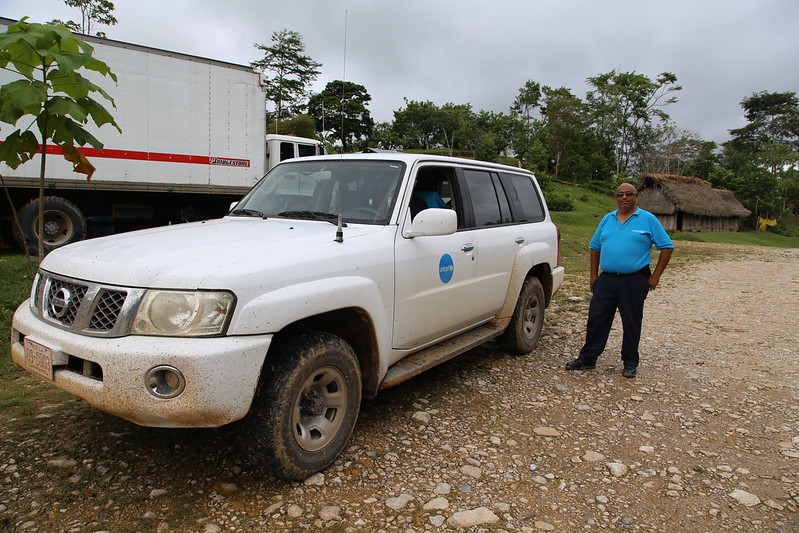
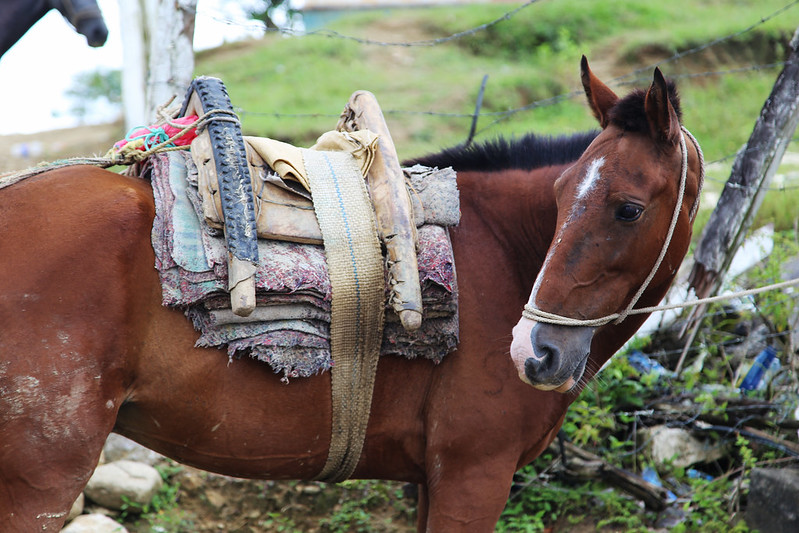
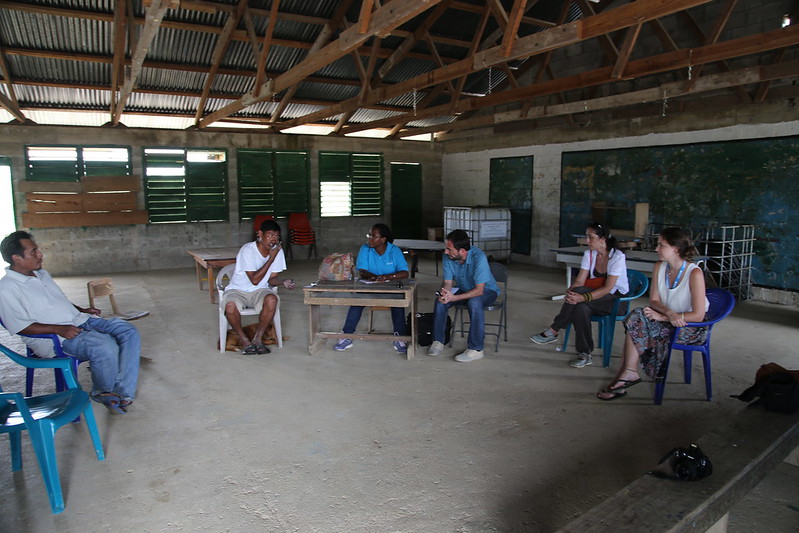
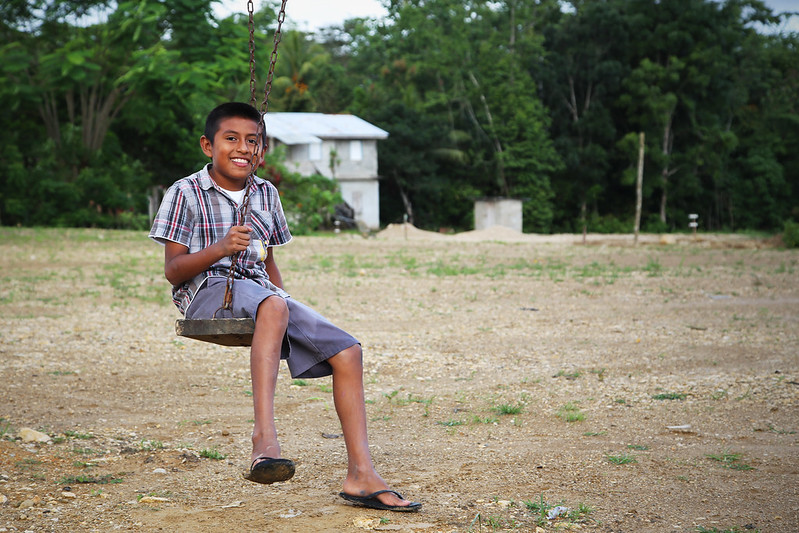
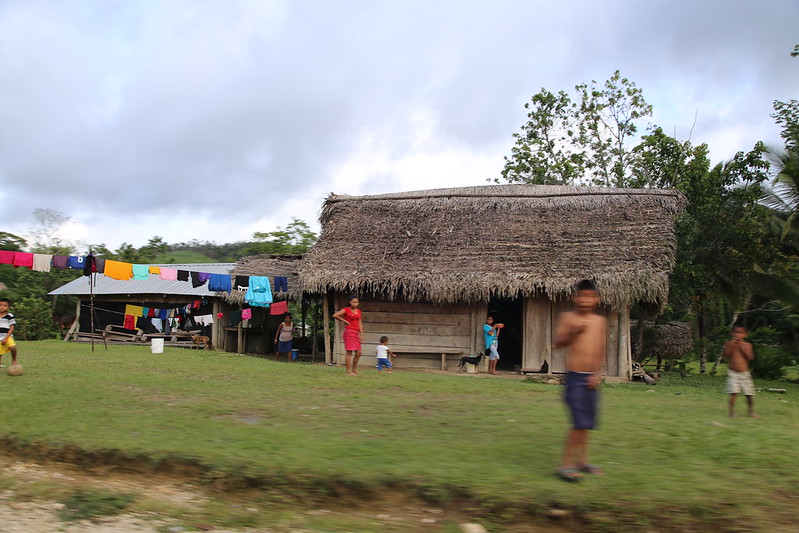
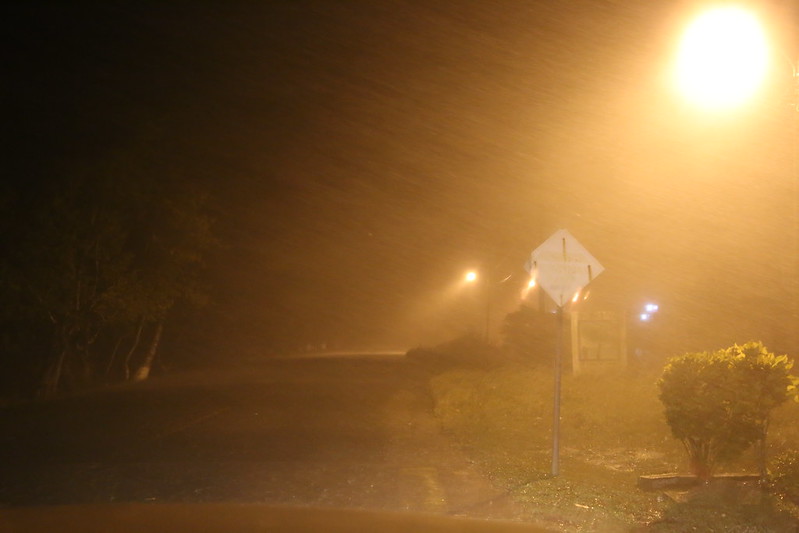
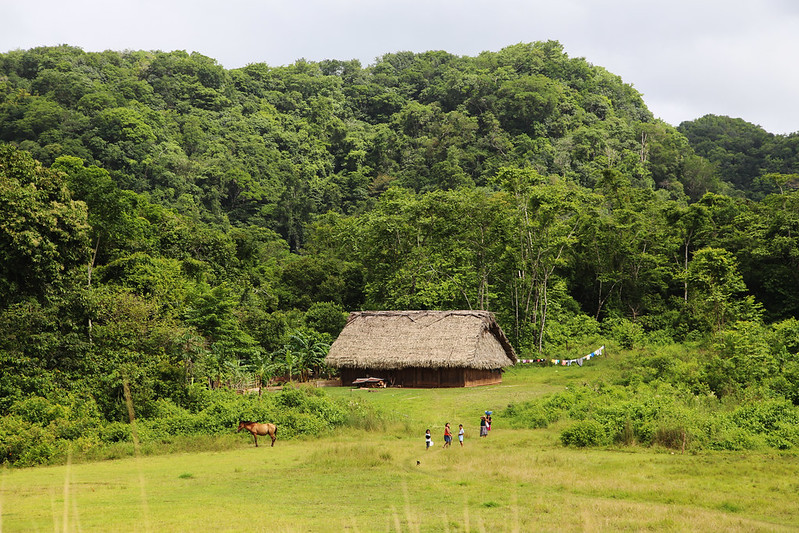
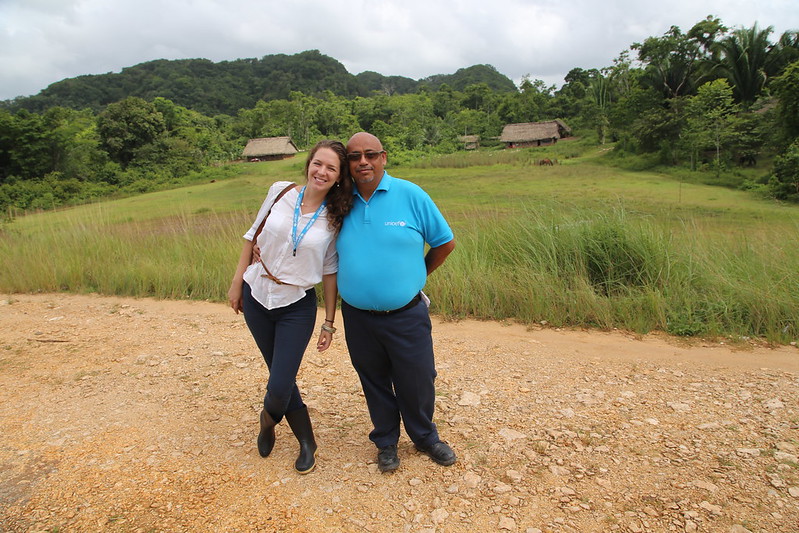
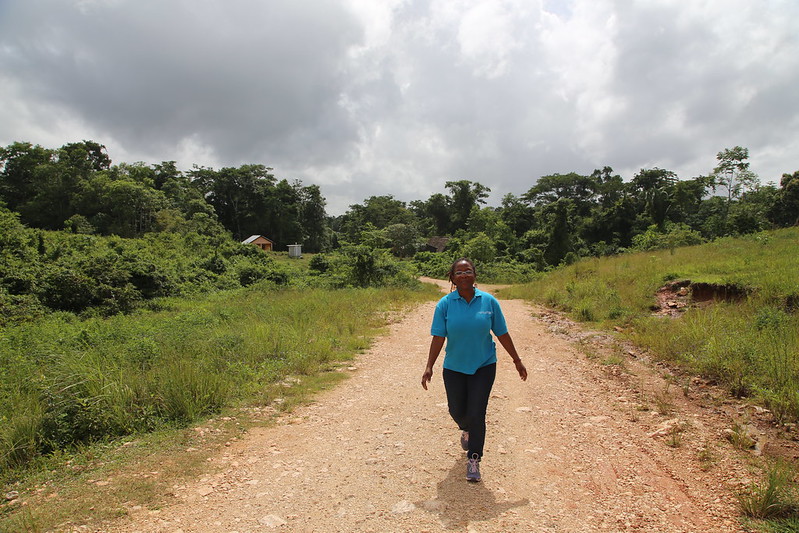
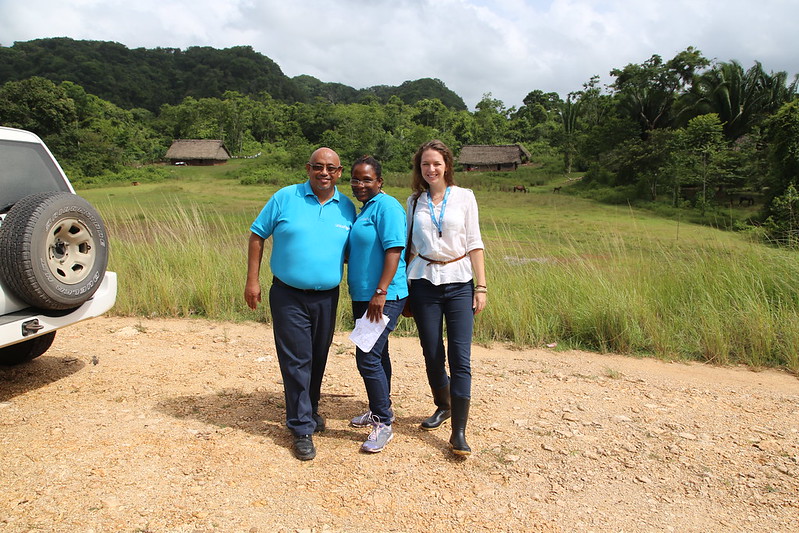
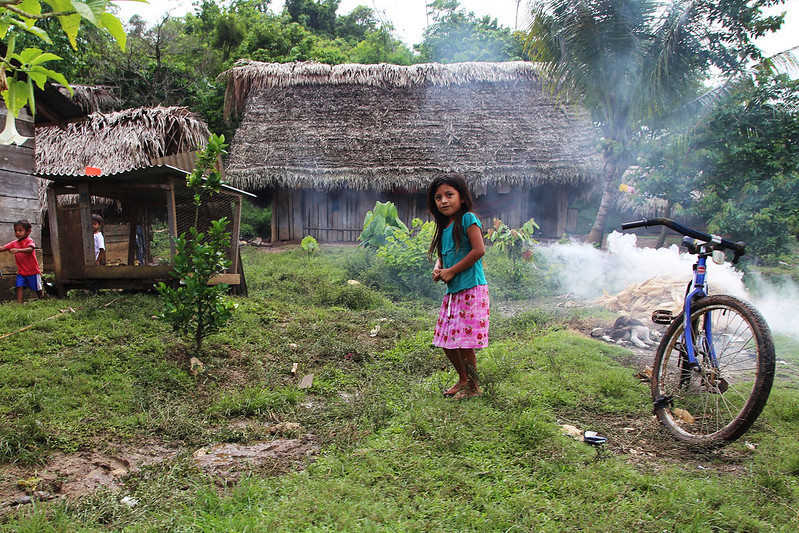
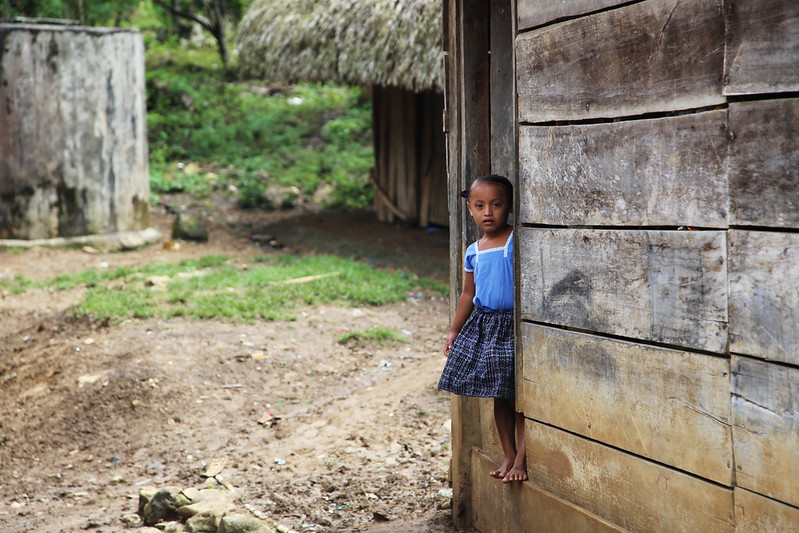
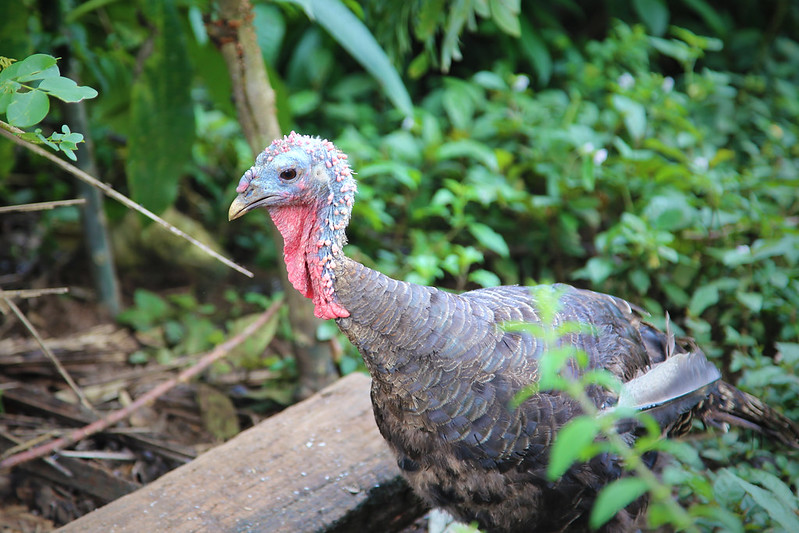
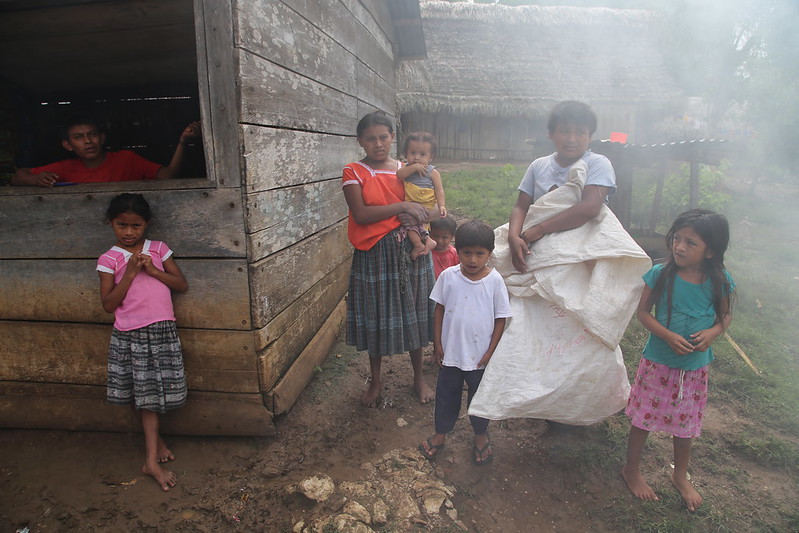
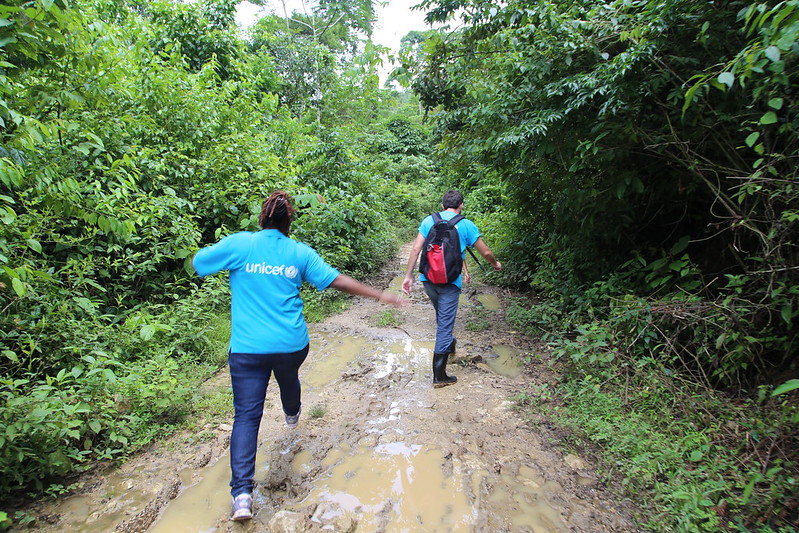
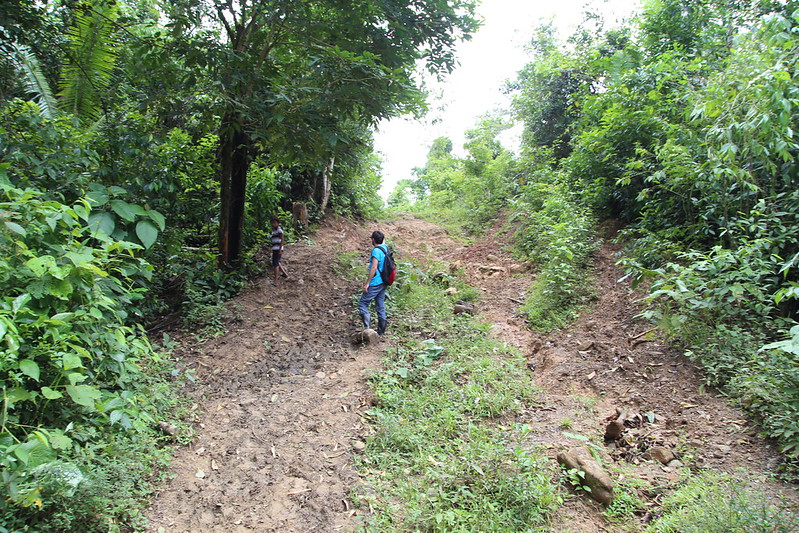
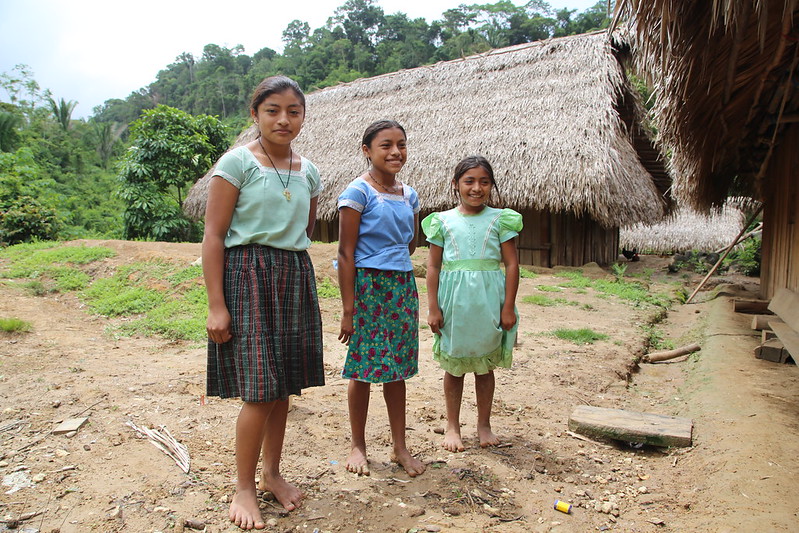
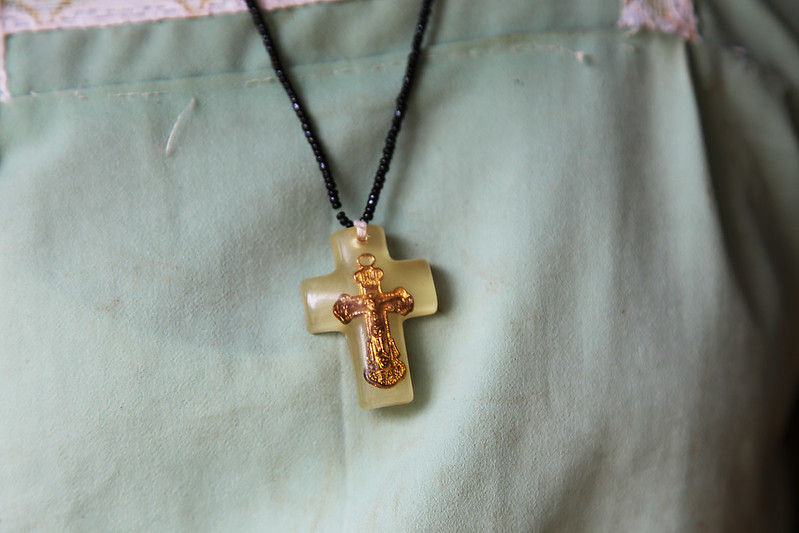
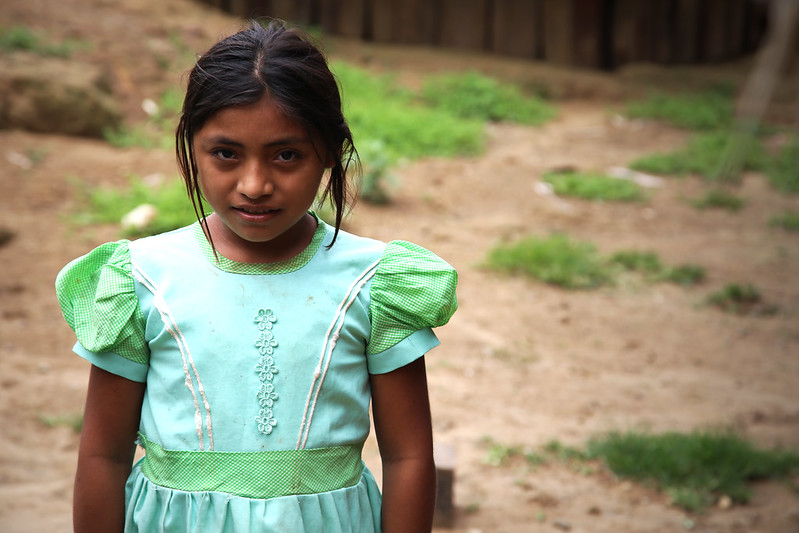
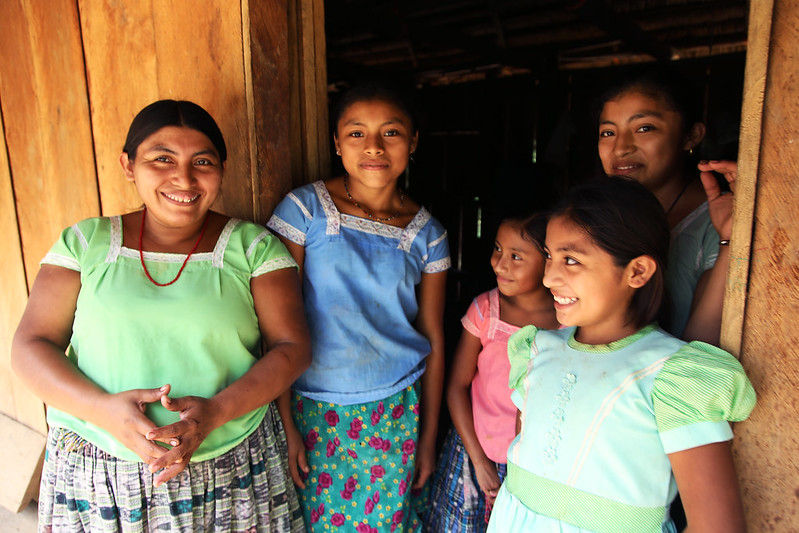
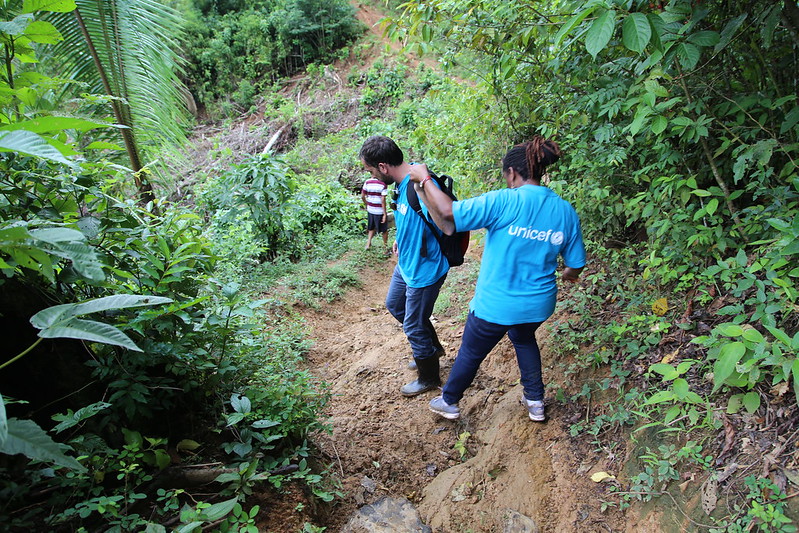
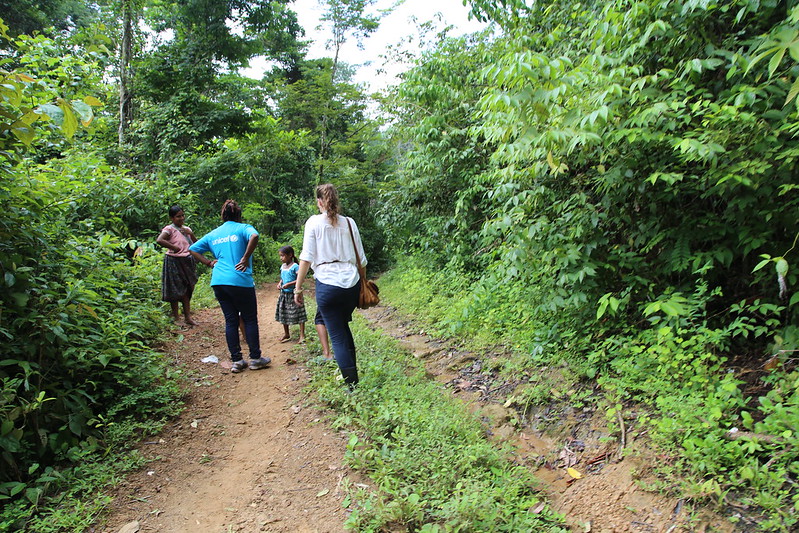
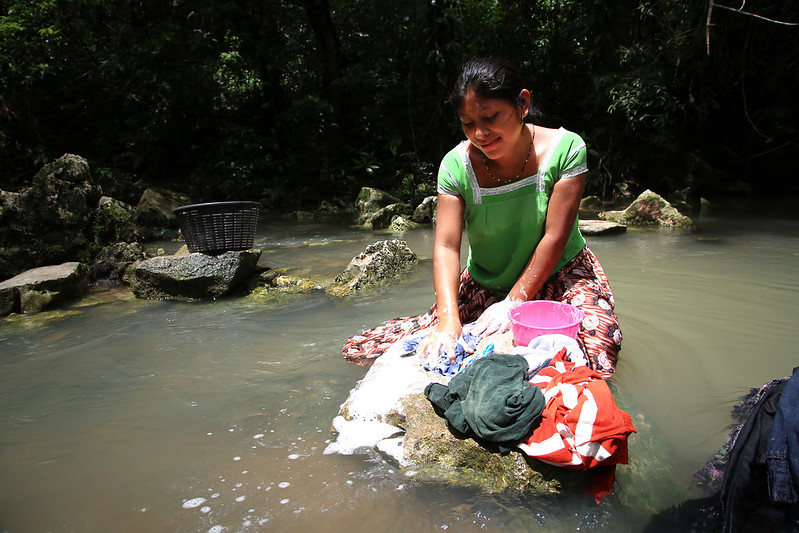
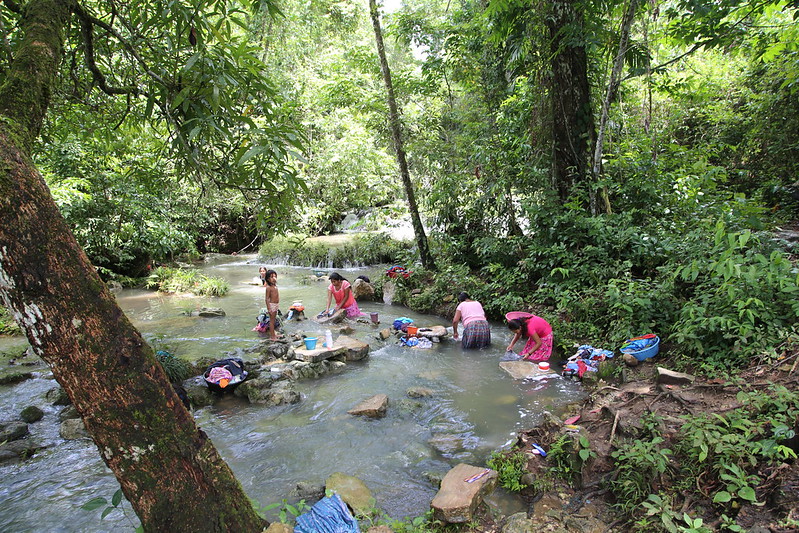

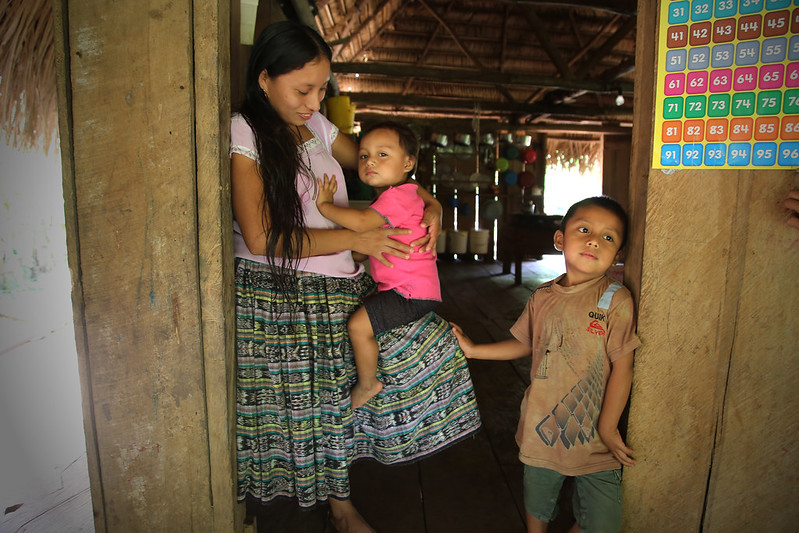
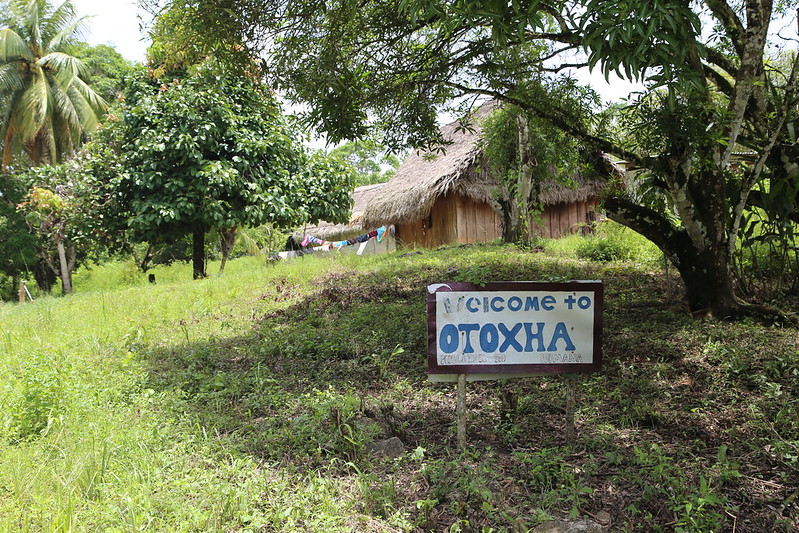
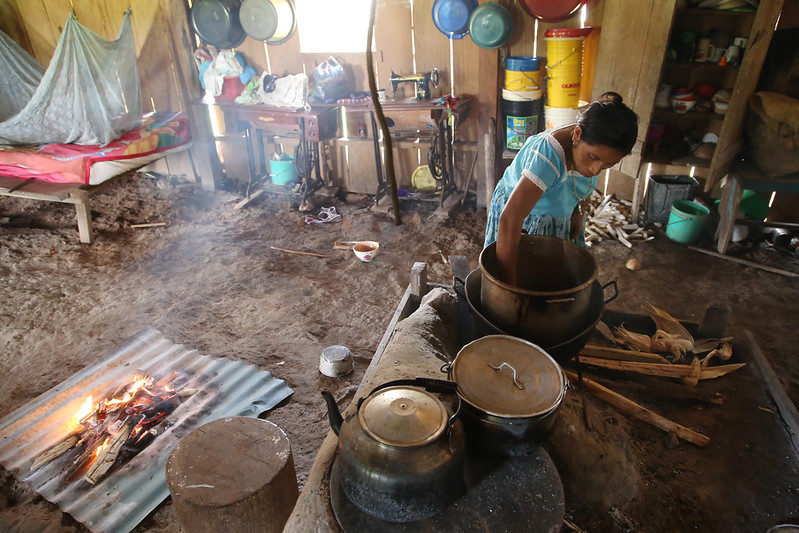

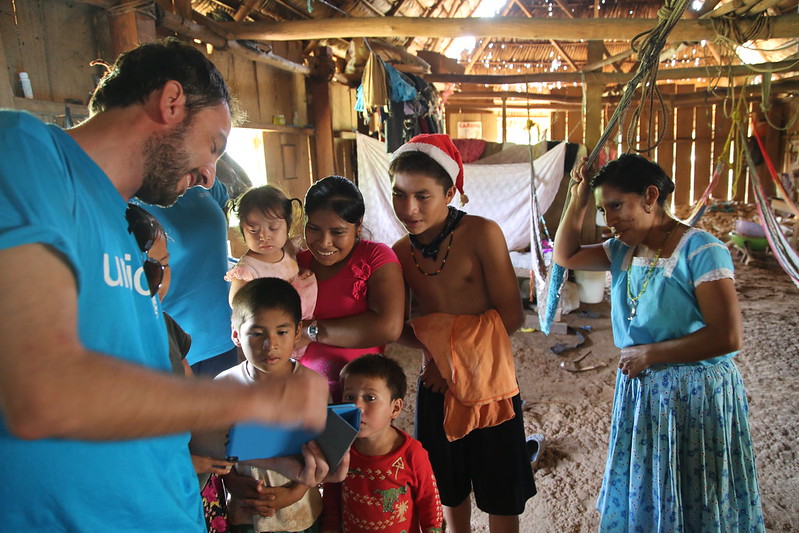
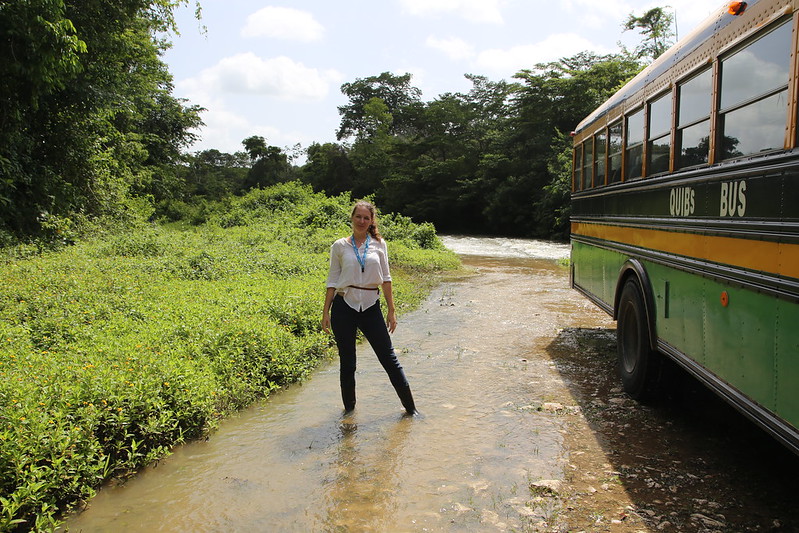
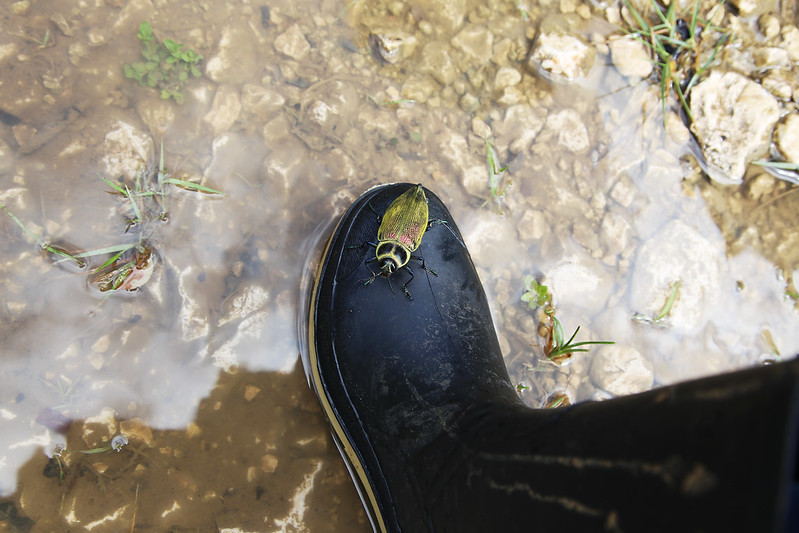
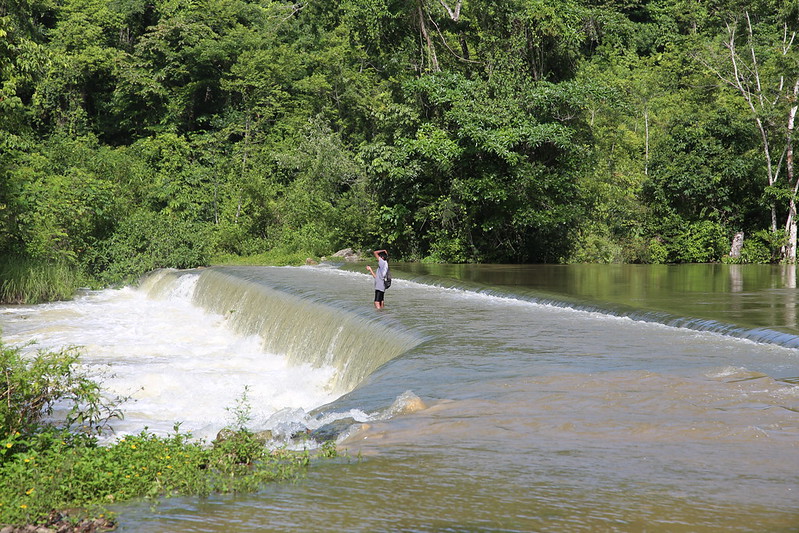
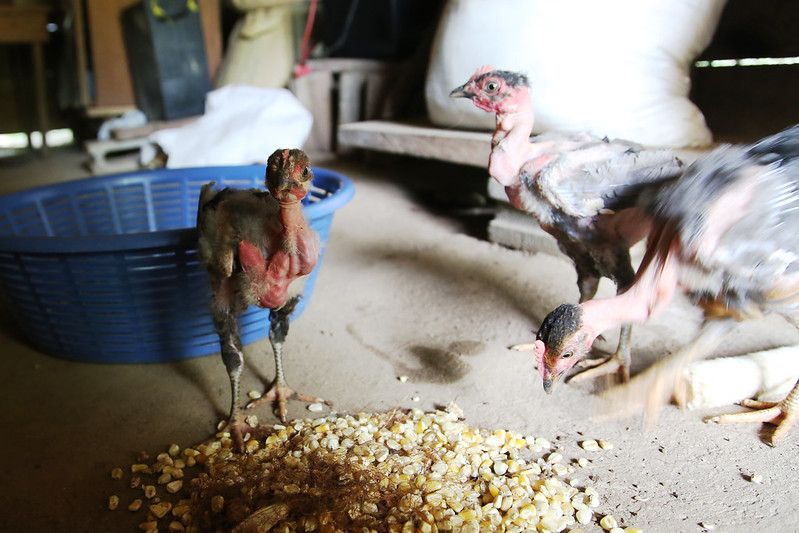
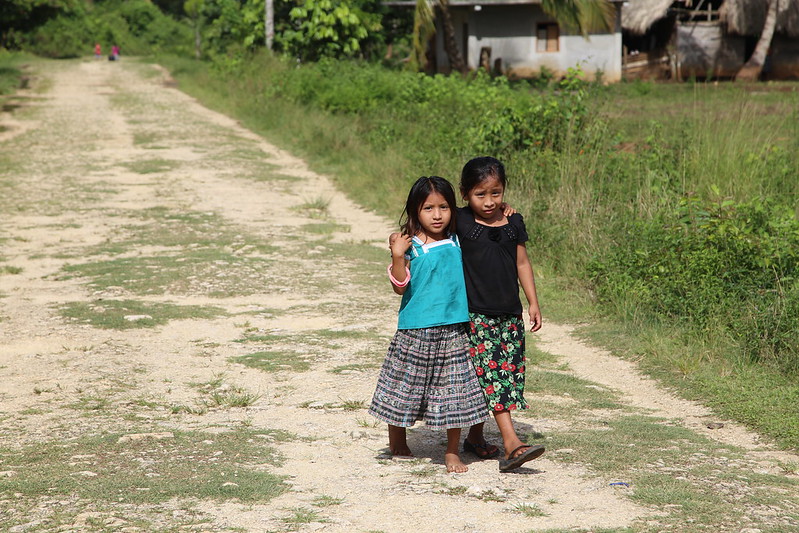
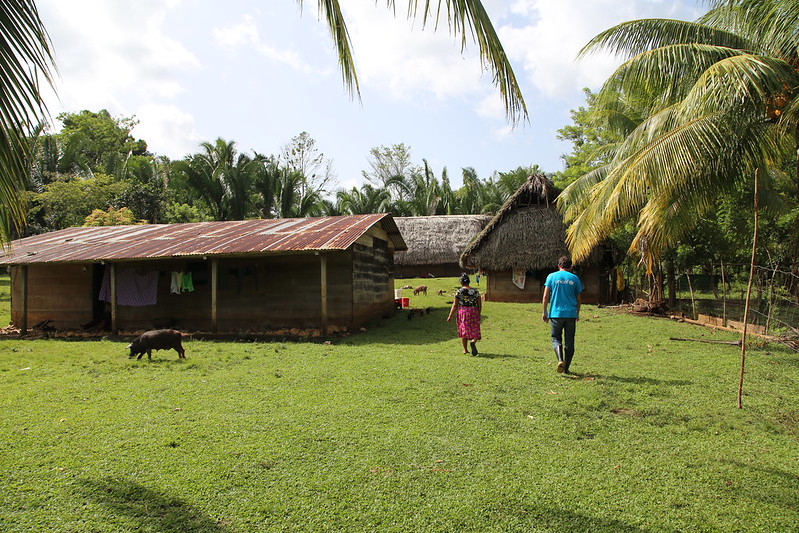
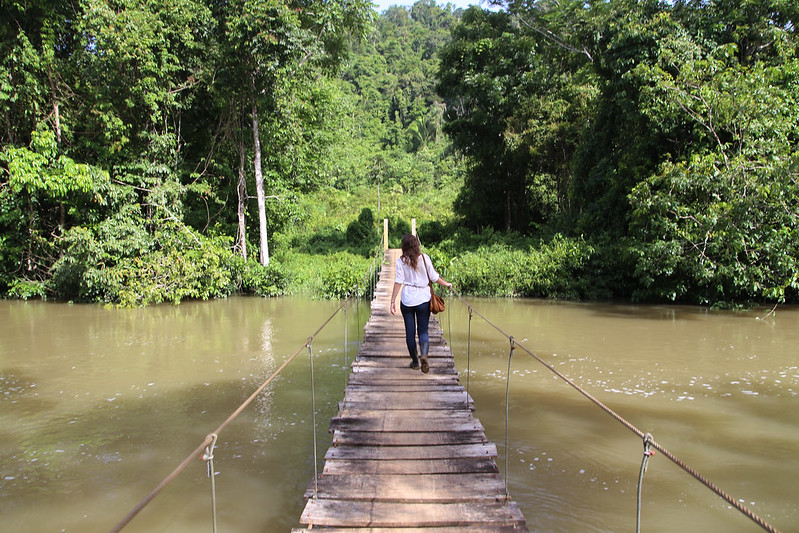
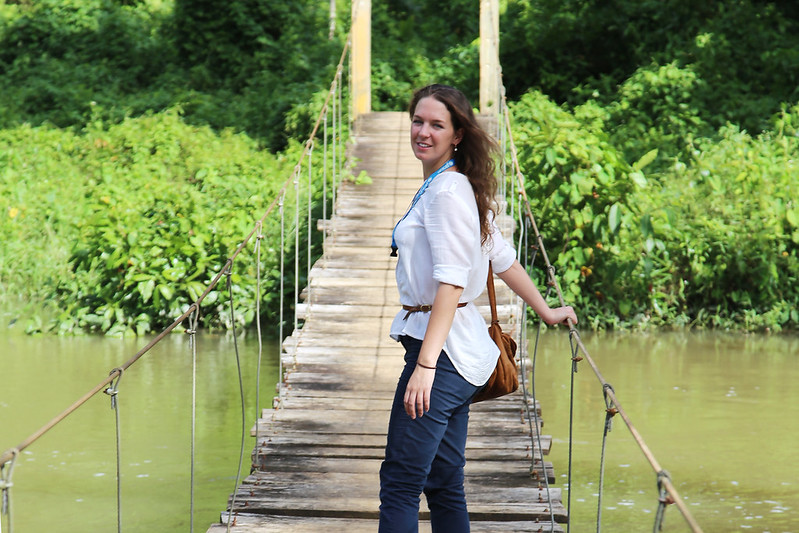
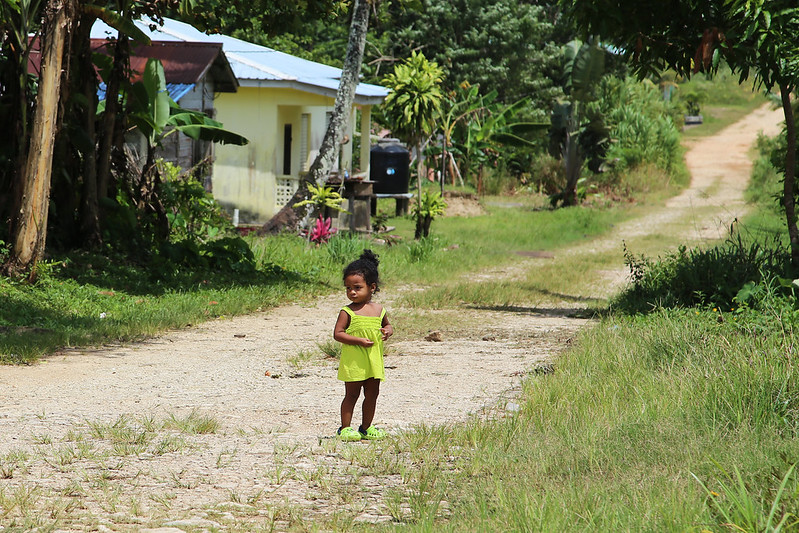
Nice article. I like reading about the culture.
Thank you, Michael!